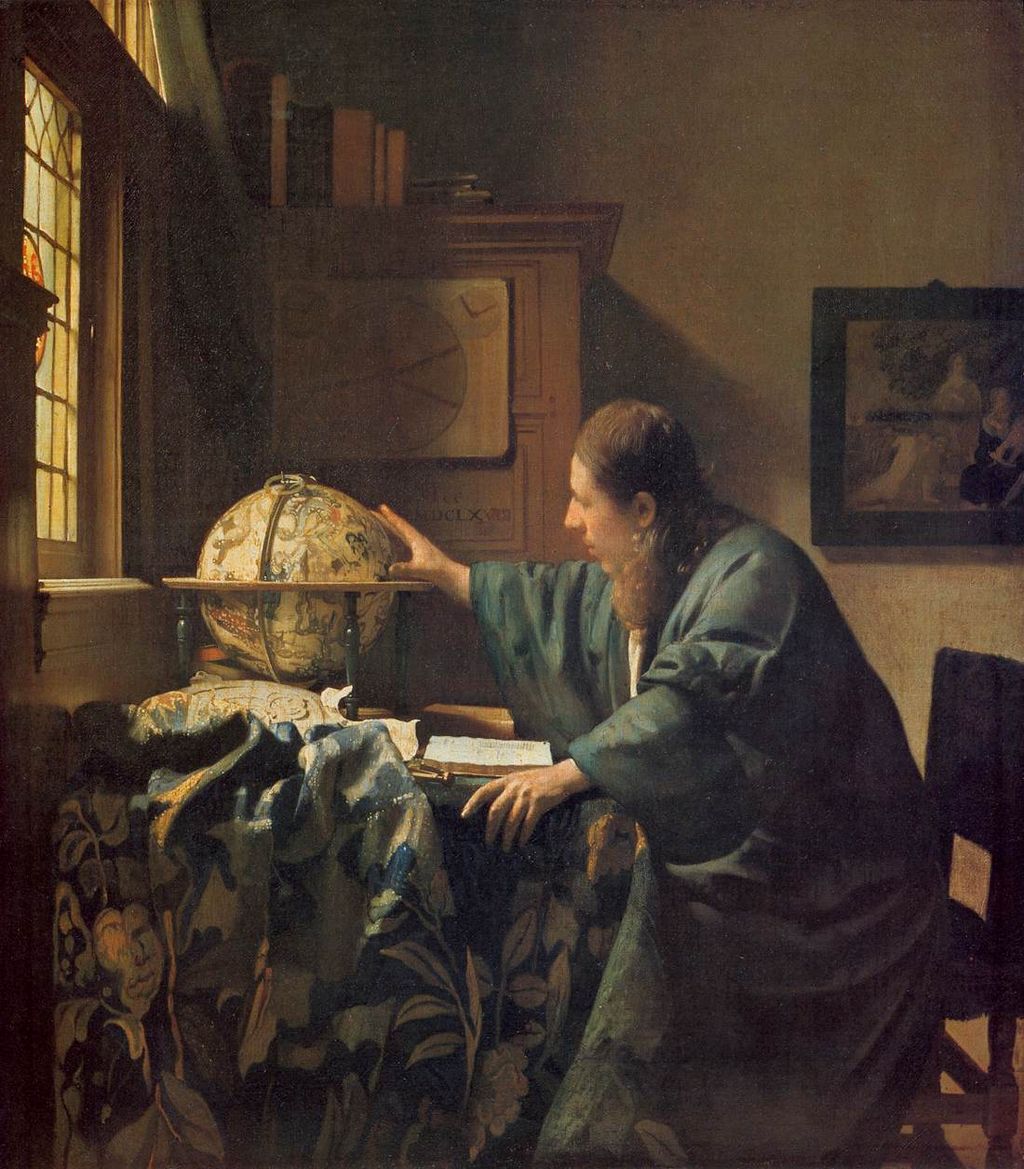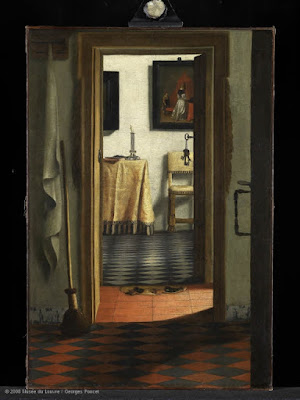I can’t decide if Mitch Epstein’s latest photographs are
profoundly insightful, or if they are just very well made and nice to look at. I
am an admirer of his images of the corrosive impact of American industry on
everyday life. And I need no convincing that his photographs are beautifully
composed and very compelling. So while the recent exhibition of works at the Filles
du Calvaire gallery didn’t have the same shocking effect as some of his more
political work, I was open to having my first impressions proved wrong.
 |
| Mitch Epstein, American Elm, Eastern Parkway, Brooklyn, 2012 |
Some of the works on display here are provocative,
particularly, those taken in the streets of New York City. In them we see
nature doing battle with a human environment that treats it like another piece
of concrete or another steel girder. In one image, an indeterminate mound of
dirt, or maybe it’s rock, or a cut tree, is imprisoned behind a fence on East
172nd Street in the Bronx. It looks painfully trapped by the need to
fence it in, to tame it for fear of its unruly spread across the city concrete.
In another photograph, a tree strapped to a concrete mass, presumably to stop
it falling over, is given the appearance of a patient fixed to a life support
system. There is not much hope for nature in New York City as it is depicted in
Epstein’s photographs. Nature is well and truly subjugated to the built
environment.
 |
| Mitch Epstein, Clouds #94, New York City, 2015 |
Having seen the images in which nature struggles to survive
in the urban environment, I moved along to the gorgeous cloud formations in the
skies above the city. And, in juxtaposition, everything changes. I started to
wonder what created the drama, the splendid fullness and motion of the clouds
in this series. Am I looking at a polluted, sky churned up by the
activities below? Or do these images reveal the beauty of a nature that is able
to transcend the destruction of manufacturing, industry and other human pursuits?
In an image such as Clouds, #86, New York
City, 2015, the landscape becomes even more confusing. Here, both concrete
walls and dense, almost operatic clouds, frame a city skyline that, as a result,
becomes like a horizon line; something vague, indeterminate, dwarfed by slabs
of concrete and clouds.
 |
| Mitch Epstein, Clouds #89, New York City, 2015 |
Epstein’s concerns are overwhelmingly formal. Like most
photographers, the astonishment of the photograph is discovered well before the
image is seen through the viewfinder. Though I remain excited by the
compositional clarity of Epstein’s images, what I come away with is an
amazement that he found what he did in New York City. Nature, clouds, water and
trees are not exactly things we associate with the city, but on seeing Epstein’s
photographs, we recognize how much of the natural world we ignore when we are
rushing through it. In the end then,
over time these photographs are revealing and more than formal exercises in the
depicture of nature. However, to be sure, I still prefer the political force of
the American
Power series.
 |
| Mitch Epstein, East 172nd Street, Bronx 2014 |
All photographs copyright, Mitch Epstein











